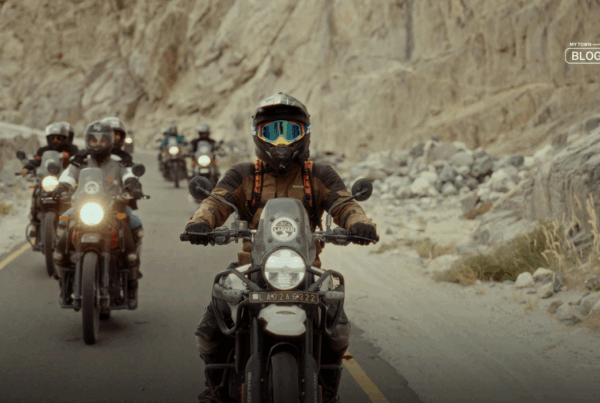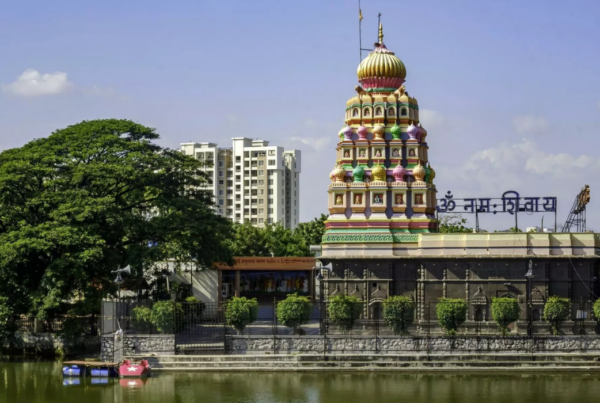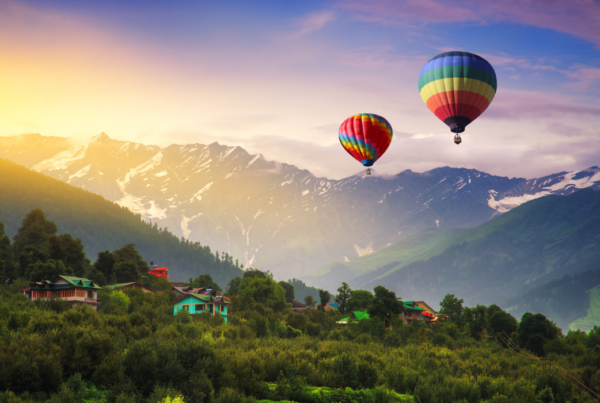Recent Developments in the Dharavi Slum Redevelopment Project
As of August 31, 2023, the Maharashtra High Court affirms transparency in the tender process for the redevelopment of Dharavi Slum Mumbai, dismissing allegations of favoritism. In 2022, Adani Properties Pvt Ltd secured the bid for Dharavi’s redevelopment with a winning bid of Rs 5069 crore for 259 hectares of land. Despite challenges from Seclink Technologies Corporation, the Bombay High Court dismissed the petition as baseless, emphasizing the project’s significance in transforming lives.
Exploring the Dharavi Slum in Mumbai
Renowned as one of the world’s largest slums, Dharavi is in the heart of Mumbai and dates back to the British colonial era. Boasting a population of approximately one million, Dharavi has emerged as an affordable option for those seeking livelihoods in Mumbai. While its notoriety stems from its dense population, movies like Slumdog Millionaire and Gully Boy have brought attention to its unique characteristics beyond crowded alleys, cramped dwellings, and open sewers. Let’s delve deeper into the area, exploring its markets and real estate landscape.
The Origins of Dharavi Slum
From a mere mangrove swamp island in the 18th century, Dharavi evolved into a village by the 19th century, inhabited by the ‘Kolis,’ a fishing community. This led to its reference as Koliwada, the town of Koliwada.
Dharavi During the Colonial Era
Amidst Bombay’s extensive growth in the 1850s under British rule, industries, including tanneries, were established. The first tannery migrated to Dharavi in 1887, attracting lower Hindu castes and Muslim Hindus as early settlers. The colonial government granted a 99-year land lease in 1895, setting the stage for the influx of rural migrants seeking jobs in Bombay. The Dharavi Cooperative Housing Society emerged in the 1960s, promoting the development of flats and shops. Despite Bombay’s overall growth, Dharavi’s progress needed more government involvement.
Dharavi’s Development After Independence
By 1947, Dharavi had become India’s largest slum. Redevelopment proposals emerged from the 1950s onwards but faced financial and political obstacles. The Dharavi slum occupied 175 acres by the end of the 20th century, with a staggering population density exceeding 2900 people per hectare.
Dharavi’s Diverse Population
Though precise figures are elusive, sources indicate a population density exceeding 800,000 people per square mile in Dharavi. The population comprises 30% Muslims, 63% Hindus, 6% Christians, and smaller communities of Buddhists and other minority religions. Diverse occupations, including large-scale operations and small-scale processes, contribute to the livelihoods of the Hindu population.
The Dharavi Leather Market
Dharavi is home to around 20,000 small businesses and is renowned for its leather market, offering a diverse range of affordable yet stylish products. From bags and jackets to belts, shoes, wallets, jewelry boxes, hats, and diaries, the market caters to various preferences at reasonable prices.
Exploring Dharavi: Slum Tours and Activities
Touring Mumbai’s beating heart, the Dharavi slum, offers a unique experience with various tour options. Before booking, consider factors such as tour confirmation, health conditions, age restrictions for children, suitable footwear, and cancellation policies. Activities during a Dharavi slum tour include:
- Exploring the plastic recycling process.
- Rooftop visits.
- Witnessing papad-making.
- Visiting the historic Kumbharwada Pottery Colony.
Transportation to Dharavi
Dharavi is accessible via local transport services, including cabs, autos, and Mumbai local trains. Bus stations like Dharavi Bus Depot, Matunga Labour Camp, and Mahim Phatak are convenient options for those who prefer buses.
Conclusion
The history of Dharavi Slum in Mumbai is a testament to the resilience and adaptability of its inhabitants. From its humble beginnings as a fishing village to becoming one of the largest slums globally, Dharavi has undergone significant transformations. Though facing legal challenges, the redevelopment project holds the promise of positively impacting the lives of thousands.
Beyond its reputation for density and challenging living conditions, Dharavi Slum in Mumbai is a hub of economic activity, notably in the leather market, showcasing the entrepreneurial spirit of its residents. Dharavi Slum tours provide a unique chance to witness vibrant community life, learn about recycling initiatives, and appreciate rich cultural diversity.
As Mumbai continues to evolve, the story of Dharavi reflects the complex interplay of historical factors, urban development, and the pursuit of better opportunities by its residents. The ongoing efforts to redevelop Dharavi underscore the importance of inclusive and sustainable urban planning.
FAQs
What is the current status of the Dharavi Slum Redevelopment Project?
As of the latest update on August 31, 2023, the Maharashtra High Court has affirmed the transparency of the tender process for Dharavi’s redevelopment. Adani Properties Pvt Ltd, the highest bidder, won the bid to redevelop 259 hectares of land.
How did Dharavi evolve during the colonial era?
Initially a mangrove swamp, Dharavi became a village inhabited by the fishing community ‘Kolis’ during the 19th century. The establishment of industries, including tanneries, attracted diverse communities, shaping Dharavi’s demographic landscape.
What is the population density in Dharavi, and how is the population diversified?
Dharavi’s population density exceeds 800,000 people per square mile. The population includes 30% Muslims, 63% Hindus, 6% Christians, and smaller communities of Buddhists and other minorities. Occupations vary, with Hindus engaged in diverse activities, including leather goods, textiles, and pottery.
What is unique about the Dharavi Leather Market?
The Dharavi Leather Market is home to around 20,000 small businesses and offers affordable yet stylish products, including bags, jackets, belts, shoes, wallets, jewelry boxes, hats, and diaries.
How can one explore Dharavi through a slum tour, and what activities are available?
Experience Dharavi through diverse slum tours, showcasing plastic recycling, rooftop views, papad-making, and the historic Kumbharwada Pottery Colony.
What transportation options are available to reach Dharavi?
Dharavi is accessible via local transport services such as cabs, autos, and Mumbai local trains. Bus stations like Dharavi Bus Depot, Matunga Labour Camp, and Mahim Phatak are convenient options for those who prefer buses.








